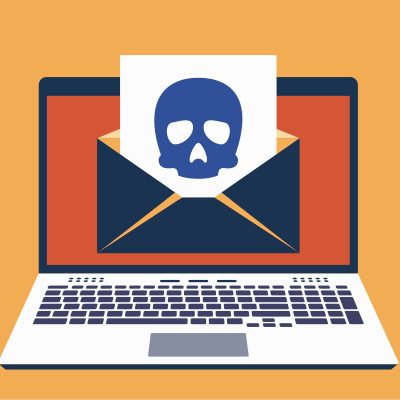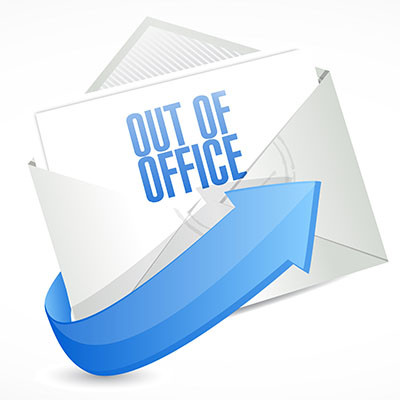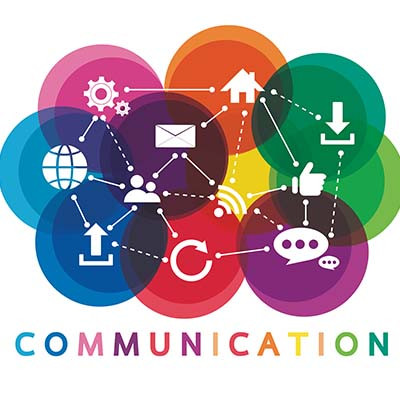Have you ever suspected that a hacker could silently observe your email interactions with your clients and your staff? If you manage your own email infrastructure, we want to highlight the importance of email encryption. Encryption keeps your business’ email communications secure and compliant so you can worry less about security and privacy to focus more on running your business.
Complete Computer Solutions Blog
Can you tell the difference between your colleagues and a scammer with access to their email account? This is essentially what a business email compromise attack involves—a scammer initiates a phishing scheme using an internal mode of communication. These scams are also observed in schools, making them dangerous in the education sector.
All businesses use email to communicate, but too many organizations haven’t jumped on the encrypted email bandwagon yet. Encryption is incredibly helpful to keep networks and infrastructure secure, and it can do the same for your email solution. In fact, it is likely required to ensure the secure transfer of critical and sensitive information.
All it takes is one oversight to potentially undo any benefits your cybersecurity protections and other best practices may deliver. For instance, even if you have things like multifactor authentication in place, a phishing scam or even some malware varieties could potentially give an attacker access to your email… and all the data your messages contain, just sitting in your inbox.
We often advise people to steer clear of clicking on suspicious links, but distinguishing between a legitimate URL and a dubious one has become increasingly challenging. Not only have malicious tactics evolved to the point where everyone has to stay on top of their game to not be fooled, these threats are almost pervasive so they are coming at people from all types of directions. We thought we would focus on a single punctuation mark that can make all the difference in whether a link is legitimately safe or potentially dangerous.
There are few technology solutions that have been as transformative and important for businesses as email. Unfortunately, however, it’s remarkably easy for a hacker to gain access to an email account to cause all kinds of chaos for a business. Let’s consider ways you can protect your business’ email accounts and, by extension, the rest of your organization’s infrastructure.
Printing has been a major part of most businesses for a long time. It’s how ideas were shared for decades. The past couple, however, have seen the need for printed resources go way down, but that often doesn’t stop businesses from wasting useful capital on unnecessary printing. This month, we thought we’d give you three tips to help you reduce your printing costs, month after month.
Email groups are remarkably useful. Instead of sending a copy of an email to each individual recipient, you can effectively create a simple forum post that everyone can participate in—a feature that certainly helps when collaboration is a priority. Let’s go over how you can quickly and easily create a group in Gmail.
The holidays are fast approaching and that means people are going to miss work for one reason or another. If you can get away from the office for a little bit, you’ll want to set up an out-of-office message to ensure that others know you will get back to them when you get back to the office. Here’s how you can set up an autoresponder for an out-of-office message in Microsoft Outlook.
The software you choose to use for your business largely defines the capabilities of it. When it comes to communications there are some very standard options that you probably already have and then there are some more innovative options that can have significant benefits for your staff. Let’s take a look at some of the standard communications options a business might use and how they can use technology to crank it up a bit.
While we’re all for efficiency, there are some boundaries that should not be crossed for everyone’s benefit. Take, for instance, the email you use to subscribe to online services. While it may be tempting (or, for some people, automatic) to use your work email address when you sign up for, say, your Netflix account or an online merchant, we wanted to discuss why this is a bad habit to get into that could have lasting consequences.
What do you do with your old email messages? Do they just sit around in your inbox and collect dust? If so, this is certainly a wasteful practice, as those emails can accrue over time and take up a sizable chunk of space. The question then becomes, what do you do with the emails to keep them from taking up so much space, especially when you might be paying for the space?













